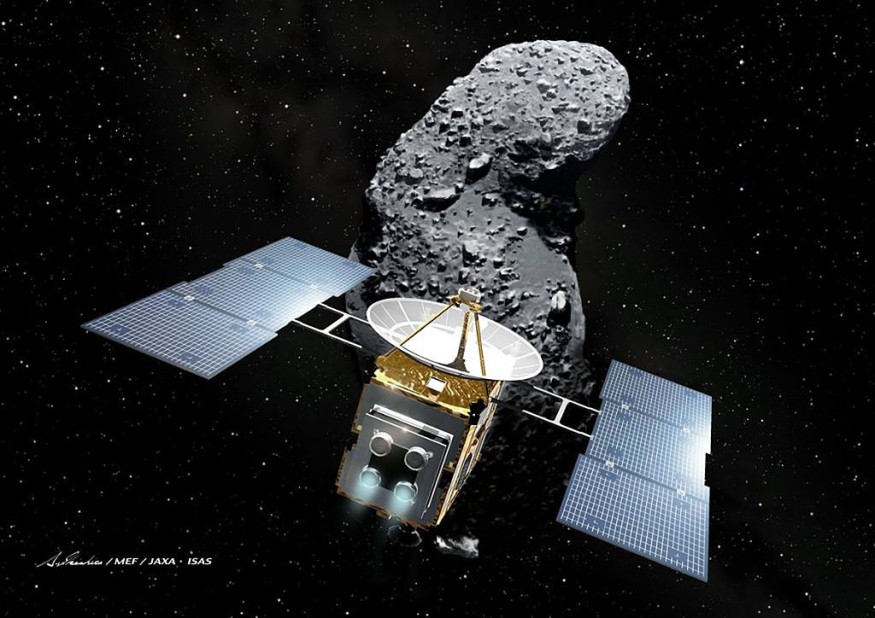Experts found that seven years from now, a massive space rock will visit our planet. The object, known as 'Apophis,' is expected to reach Earth on April 13, 2029. Some might be lucky to see it hovering up in the skies, as the asteroid would be passing by orbital regions where current satellites are in place.
Apophis: Potentially Hazardous Asteroid the Size of Empire State Building

Apophis is categorized by scientists as a 'Potentially Hazardous Asteroid.' During its time near Earth, the space rock will fly across the orbital paths that are full of geosynchronous instruments.
The nearest distance of Apophis from our planet's surface is estimated at about 37,000 kilometers. First discovered in 2005, the asteroid presented itself with a whipping size of over 340 meters. The Apophis space rock scales to the size of Manhattan's Empire State Building, Forbes reports.
Experts already knew that the event will occur, as asteroids as big as the Apophis are already expected to flyby near-Earth at least once in a thousand years.
In previous readings, Apophis will not initiate any impacts on Earth. However, they theorized that the 2029 passing of the particular asteroid could result in a succeeding visit. This is due to the close distance of Apophis that might affect its trajectory. If this happens, the space rock might do another flyby sometime in 2060 or 2068.
NASA, on the other hand, is not fully convinced by these estimates. But before any other theories arise, the space agency plans to do the investigation right on the Apophis asteroid itself.
Apophis 2029 Planetary Defense Mission
NASA already started the concept for this project. The initial findings and plans for space rock were consolidated in the Apophis 2029 Planetary Defense Mission (PDM). It was included in the larger research of the Decadal Survey for Planetary Science and Astrobiology and was conducted by experts from the National Academy of Sciences.
The report will be presented and discussed further at the upcoming public briefing on April 19, 2022.
According to the authors of the study, the near-distance location of Apophis would be a rare window of opportunity to visit and examine the asteroid. The Apophis 2029 PDM is planned to rendezvous with the space rock months prior to its closest visit to Earth, they added.
The main goal of the Apophis 2029 PDM upon its launch is to create a risk impact assessment, identify the rock's physical properties and interior compounds, and map its entire structure before it shows up in our orbital regions.
The Apophis 2029 PDM serves as an indirect follow-up to NASA and ESA's Double Asteroid Redirection Test or DART, a project that has the capability to redirect a space rock's position and trajectory.
DART was launched in November 2021. It is expected to reach a binary asteroid called Didymos and Dimorphos in September this year. Scientists expect that the mission will be accomplished in October when DART crashes into Dimorphos at a speed of over 24,000 kilometers per hour.
RELATED ARTICLE : Neptune's Atmosphere Colder Than We Thought As It Dropped Temperatures in 2 Decades
Check out more news and information on Space in Science Times.
© 2025 ScienceTimes.com All rights reserved. Do not reproduce without permission. The window to the world of Science Times.











